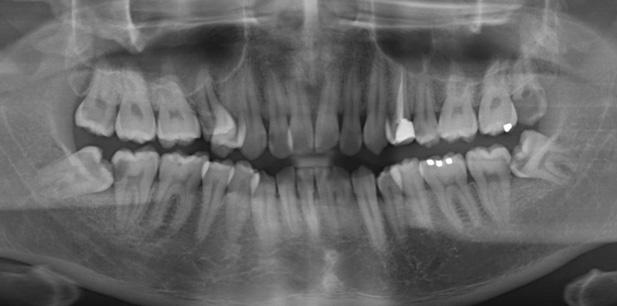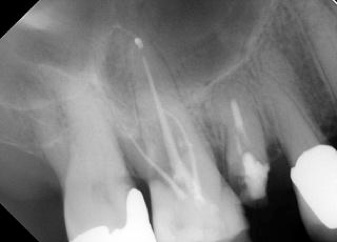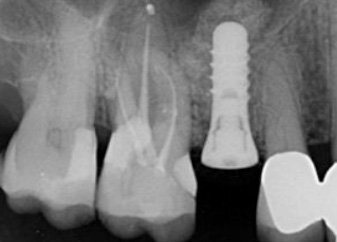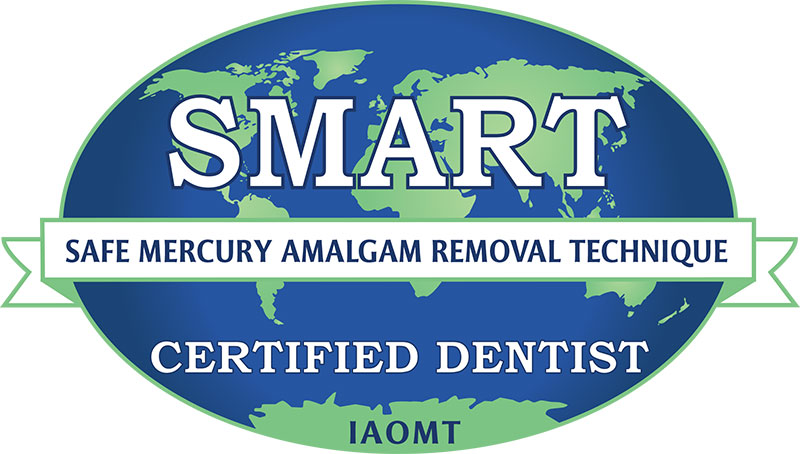What is oral surgery and what are the different types of procedures?
The following procedures are some of the surgical approaches performed under oral surgery expertise:
1. Complex dental extraction
In cases when the patient’s general health condition is not ideal for a routine dental procedure and render dental extraction complex e.g., patients with systemic diseases, blood coagulopathy or the ones who received radiotherapy. The expertise and experience of the oral surgeon is required.
2. Wisdom tooth extraction
A wisdom tooth, or the third molar, is the most posteriorly located permanent tooth in the mouth. A wisdom tooth, when present, usually grows and erupts after the age of 17. Some individuals may never develop wisdom teeth. Wisdom teeth may erupt normally, as for the other molar teeth, without causing any serious symptoms.
Impacted wisdom teeth may erupt fully or only partially. An impacted wisdom tooth may grow at an anterior, posterior, horizontal, or right angle to the adjacent teeth. When it grows straight upwards but confined by the adjacent anatomical structures, it may get entrapped within the jawbone.
On the other hand, some individuals may develop wisdom teeth that are angled, impacted, or pushing the front teeth because of the insufficient space for them to develop and erupt into the mouth normally.
Problems with impacted wisdom teeth
The impacted wisdom teeth may result in none or some of the following temporary or long-term symptoms, hence require surgical removal.
- Pain, infection
- Food entrapment, bacterial infection, Tooth decay, or gum disease (periodontal disease)
- Interference with the health maintenance of the adjacent teeth
- Damage to the adjacent teeth or the surrounding bone
- Development of peripheral painful inflammation when partially erupted
- Development of peripheral cyst
- Interference with the orthodontic movement

Please see below the mesio-angulated carious lower left wisdom tooth causing toothache and pressure on the adjacent tooth. Please see below the lower right wisdom tooth causing pressure, resorption and toothache of the adjacent tooth.
It is difficult to predict the biological complications emerged from the impacted wisdom teeth. Some dental specialists are against extraction of asymptomatic wisdom teeth.
On the other hand, some experienced clinicians advocate preventative extraction in the presence of intermittent bacterial infection around semi-erupted wisdom teeth due to compromised access for proper cleaning.
While there is less risk for serious surgical complications in younger adults, older adults may experience more surgical complications after surgery. Most wisdom tooth extractions don’t result in long-term complications. However, removing impacted wisdom teeth occasionally requires a surgical approach that involves making an incision in the gum tissue and removing bone. Rarely, complications can include:
Root and tooth fracture, which may render their removal detrimental to the adjacent nerves or other structures.
Surgical procedures
The extraction of fully erupted wisdom teeth may be performed in the office by your dentist. However, in cases of deeply impacted wisdom teeth, an oral surgeon may undertake your wisdom tooth extraction as an outpatient procedure following a referral.
- The extraction of fully erupted wisdom teeth may be performed in the office by your dentist. However, in cases of deeply impacted wisdom teeth, following a referral, an oral surgeon may undertake your wisdom tooth extraction as an outpatient procedure.
- Gum incision to expose and partially remove the peripheral covering bone
- Division of tooth into sections to facilitate the removal of the tooth
- Cleansing the surgical site from the residual tooth and bone debris
- Wound closure to promote healing
Damage to adjacent teeth
Variable levels of damage to the Inferior Dental or Lingual Nerve, located in the close vicinity of the wisdom teeth and provide sensory nerve branches to the lower teeth, lower lip, chin and taste to that side of the tongue. This damage may cause numbness of the lower teeth, lower lip and chin and loss of taste on that side of the tongue, which may be temporary (6–12 months) or permanent.
There is a slight risk of jaw fracture during the procedure or the healing period.
Removal of the upper molars close to the sinuses may cause a communicating hole between the mouth and the sinus, which calls for a reparative surgical operation.
Infection of extraction socket by bacterial entrapment
Painful exposed alveolar bone causing dry socket (alveolitis sicca) due to loss of post-surgical blood clot.
3. Periapical surgery
When the infection around the tooth root is not eradicated despite undertaking of a good quality root canal treatment, a localised surgical approach is indicated to curettage the granulation tissue or the cyst around the infected root. the tip of the root can be surgically accessed, and root opening can be sealed during surgery. If the access is not completely granted, the tip of the root may require resection; a procedure called Apicectomy.
4. Pre-prosthetic surgery
After extraction of the teeth in fully edentulous individuals, the bony undercut, exostosis, and sharp edges should be filed down in order to accommodate insertion of full dentures.
5. Bone augmentation
Following tooth extraction, infectious process, trauma, or removal of pathological lesions there will be a need for restoring and reconstructing the defective bone structure. Bone augmentation is performed using different surgical strategies and bone replacement materials.


6. Cyst removal
Cyst of the jaws are classified into odontogenic or non-odontogenic cysts which develop frequently in the maxillary bones. Possible presentation of radicular cyst (residual post-extraction cyst) and periapical granuloma following apicectomy due to unresolved infection. Cyst enucleation and extirpation of granulomatous tissue followed by insertion of dental implant with simultaneous bone grafting.

